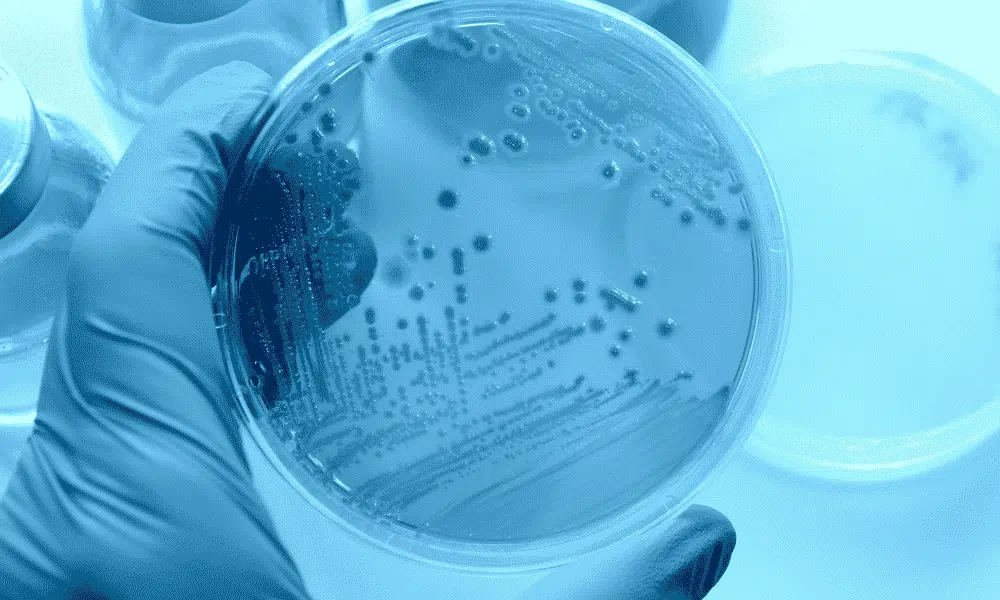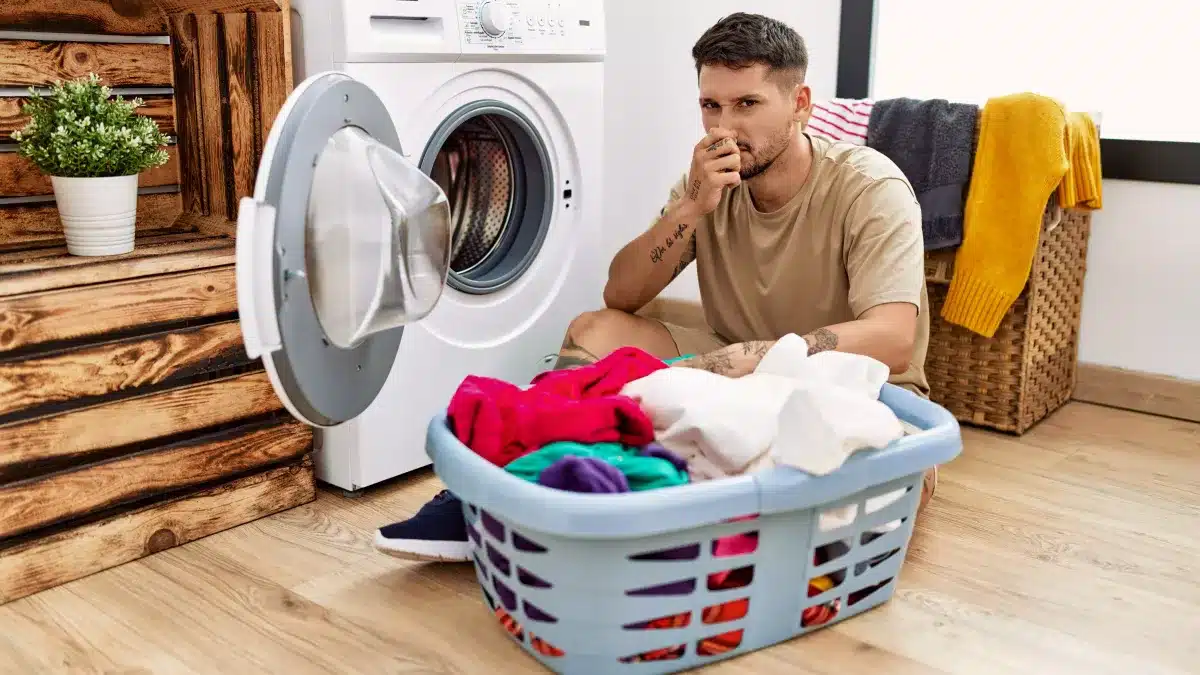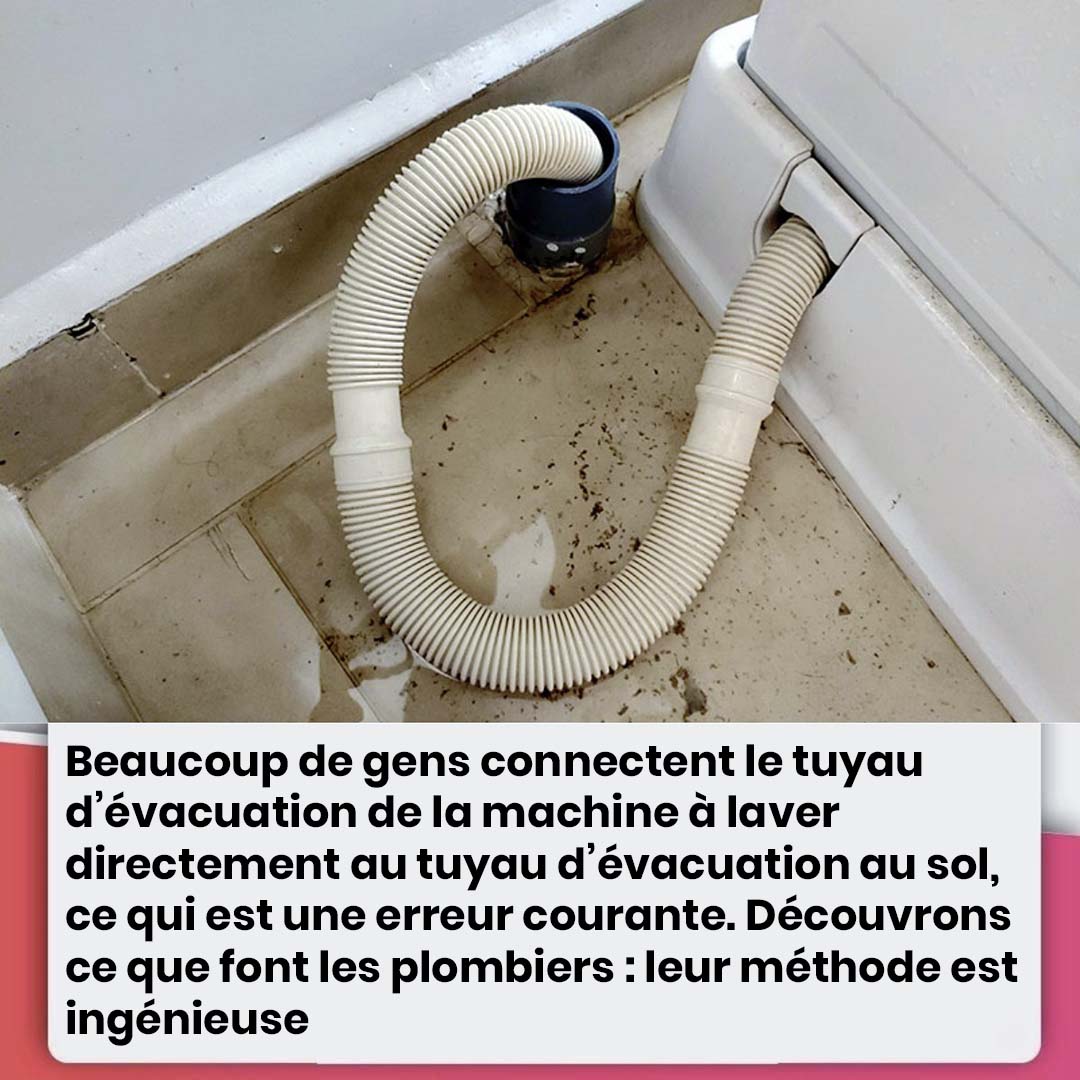ADVERTISEMENT
Having a washing machine saves considerable time. No need to scrub clothes by hand, everything is done automatically. But where to install your machine and how to manage water drainage?
Many families place their washing machine in the bathroom to take advantage of the floor drain. But be careful! If you plug the drain hose directly into this siphon, you could make a mistake that harms your machine, your clothes and even your health.
Why is this practice problematic? Let’s explore the hidden risks and alternative solutions that plumbers recommend.
Unsuspected risks
Problem #1: invisible bacterial proliferation

When you plug your machine’s drain hose directly into the floor drain, you create a direct connection to the pipes. However, these are filled with bacteria and residue which can flow back into your machine.
Consequences :
Your clothes may be contaminated with bacteria instead of being properly clean.
This can cause skin irritation, especially for sensitive skin.
Bad odors can rise and infiltrate the machine.
To do instead:
Install a dedicated drain system, leaving a space between the drain pipe and the drain pipe to prevent any backflow.
Problem #2: Foul odors in your machine and your home

Floor drains and drains are perfect places for dirt, mold and soap scum to accumulate. Over time, these deposits give off an unpleasant odor. If your machine is directly connected to the siphon, these bad odors go up into the machine and permeate your clothes.
How to avoid it?
Clean your pipes regularly with white vinegar and baking soda to dissolve deposits.
Use a non-return siphon (U-shaped) to prevent odors from going back into the machine.
Favor an installation at height, with a drain pipe going down into a suitable conduit, rather than directly into the floor drain.
What is the best solution to drain water from your washing machine?
Continued on next page
ADVERTISEMENT
